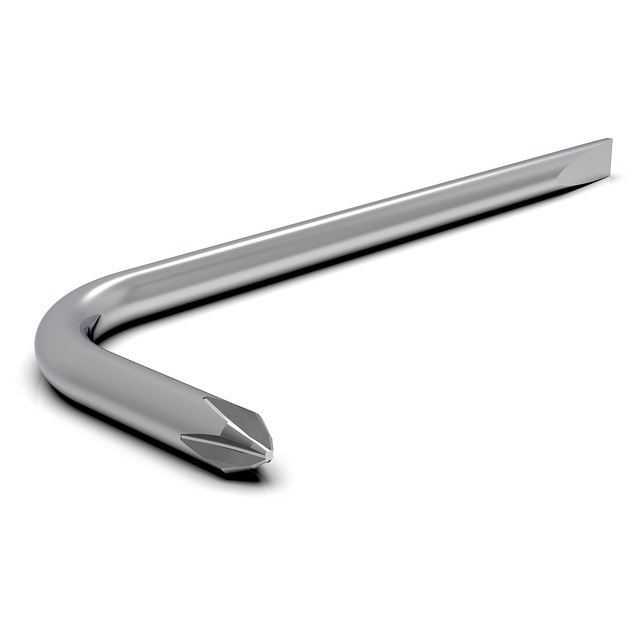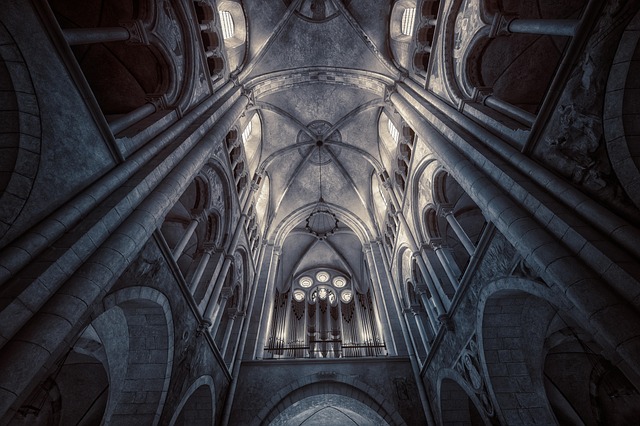The concept of the right angle extends far beyond just mathematics; it is a fundamental element of design, composition, and expression in the fine arts and culture. A right angle, the L-shape formed by two lines intersecting at 90 degrees, serves as a visual anchor in countless artworks. Its significance is often understated, yet it resonates deeply with artists, architects, and even the casual observer, as it embodies balance, harmony, and structure.
In visual arts, the right angle plays a crucial role in the composition of paintings and sculptures. Artists like Piet Mondrian and Donald Judd have utilized right angles to create compelling geometric abstractions that evoke a sense of stability. In Mondrian’s case, the strict adherence to right angles allows for an exploration of colors and forms that provide viewers with a visually harmonious experience. When observing a grid-like canvas filled with primary colors and right angles, one can almost feel the tension and release of energy within the confines of that geometry.
Moreover, the right angle finds its expression in architecture as well. Iconic structures such as the Parthenon and the modern skyscrapers of today employ right angles to evoke both grandeur and order. The precision of right angles contributes to structural integrity, allowing architects to push boundaries and create awe-inspiring spaces. The feeling one gets when stepping into a room with perfectly aligned right angles is often one of tranquility and reassurance, highlighting how geometry can effectively influence our emotions and perceptions.
Beyond visual arts, culture, too, has embraced the right angle in various forms. In traditional crafts, the precision of right angles can be seen in quilting patterns, furniture design, and various forms of textile arts. These cultural artifacts not only showcase the importance of geometry but also reflect the values and aesthetics of the societies that created them. The intersection of utility and beauty in these crafts highlights how right angles serve as a bridge between functionality and artistic expression.
In contemporary art, the right angle continues to inspire innovation through the revival of geometric abstraction. Artists such as Donald Judd and Agnes Martin have explored the emotional and philosophical implications of geometric shapes, grounding their practices in both rigor and subtlety. Their works invite viewers to question the boundaries of perception and reality, encouraging a deeper engagement with the simplicity of form derived from a single right angle.
In the realm of fine arts and culture, the right angle embodies not just a geometric form but also an emotional resonance that speaks to our understanding of balance and order in an often chaotic world. Whether through the linear elegance of a painting, the structured beauty of architecture, or the intricate detailing of crafts, the right angle becomes a silent yet powerful player in the narrative of artistic expression. It reminds us that even in the most complex compositions, the simplest shapes can evoke profound feelings and ideas, bridging the gap between the tangible and the conceptual.




